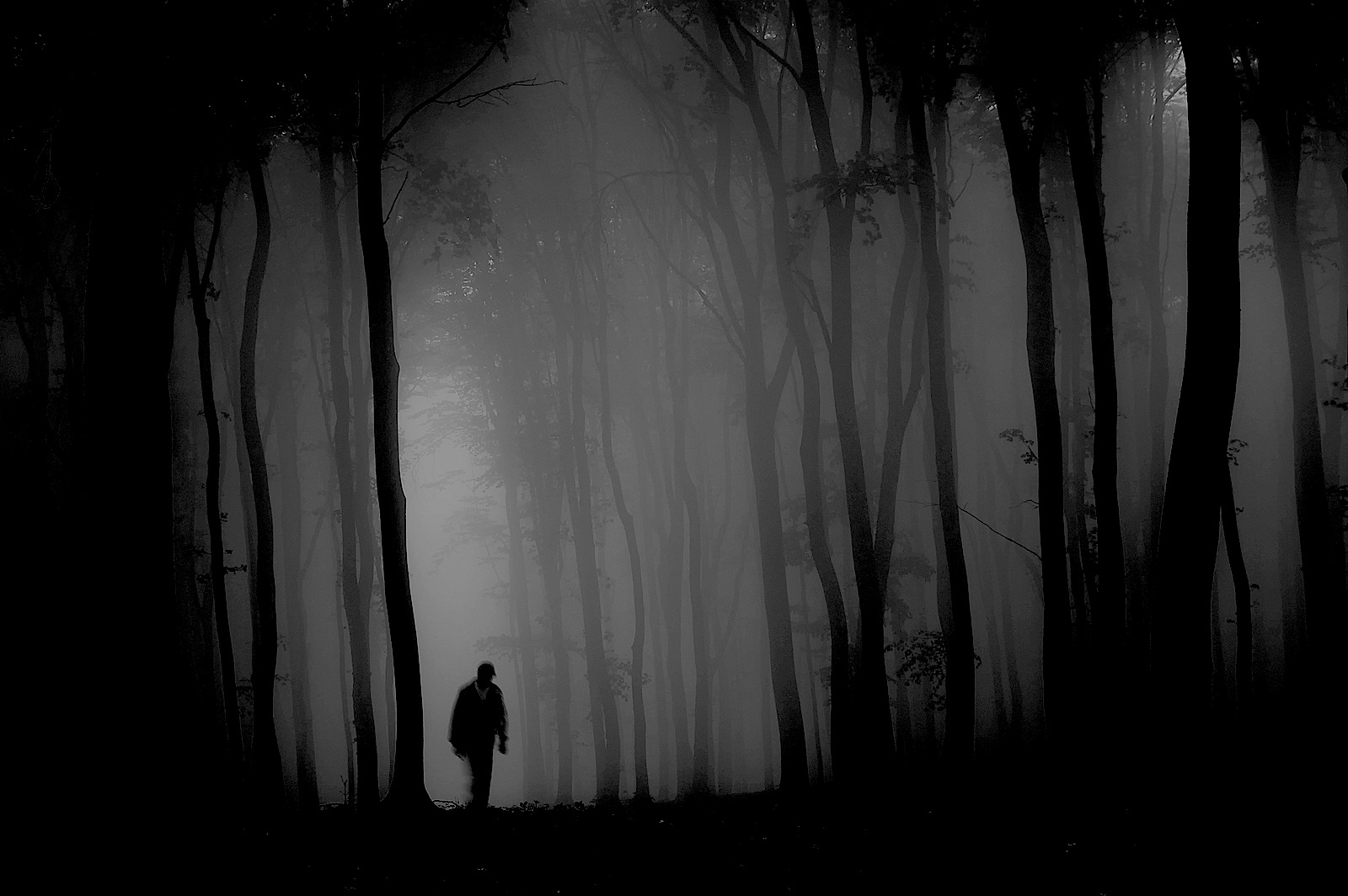Exploring The Depths Of Oscuro O Obscuro: Light And Shadow In Language And Culture
The words "oscuro" and "obscuro" have intrigued linguists, artists, and philosophers alike for centuries. Both terms, rooted in the Spanish language, translate to "dark" or "obscure" in English. However, their connotations and contexts can vary significantly, leading to diverse interpretations and applications across different fields such as literature, art, psychology, and even everyday conversation. Understanding these terms not only enriches our vocabulary but also deepens our appreciation for the nuances of language and meaning.
In a world where light often symbolizes knowledge and truth, the concepts of "oscuro" and "obscuro" invite us to explore the shadows that accompany our existence. They challenge us to look beyond the surface, recognizing that darkness can also represent mystery, depth, and the unknown. This duality is reflected in various aspects of culture, from the haunting imagery in Gothic literature to the rich, shadowy tones employed by painters and musicians. As we delve deeper into this topic, we will uncover the layers of meaning behind these terms and their significance in our lives.
Through a series of questions and explorations, we aim to dissect the essence of "oscuro o obscuro." What do these terms mean within different contexts? How do they influence our perceptions and emotional responses? And ultimately, how can we harness the power of darkness to foster creativity and understanding? Join us on this journey as we shine a light on the enigmatic interplay between the light and the dark.
What is the Biography of Oscuro o Obscuro?
The terms "oscuro" and "obscuro," while not tied to a specific person, can be explored through the lens of various literary and artistic figures who have harnessed their meanings in their work. Notably, writers like Edgar Allan Poe and artists like Francisco Goya have utilized themes of darkness and obscurity to evoke emotional responses and provoke thought. Their biographies reveal a deep engagement with the complexities of human experience, often reflecting the tension between light and dark.
| Name | Birth Year | Nationality | Notable Works |
|---|---|---|---|
| Edgar Allan Poe | 1809 | American | The Raven, The Tell-Tale Heart |
| Francisco Goya | 1746 | Spanish | The Third of May 1808, Saturn Devouring His Son |
How Do "Oscuro" and "Obscuro" Differ in Meaning?
While both words translate to "dark" in English, they carry different implications. "Oscuro" typically refers to physical darkness or a lack of light, whereas "obscuro" can imply something that is not only dark but also hidden or difficult to understand. This distinction becomes particularly significant in literary and artistic contexts, where the choice of word can alter the emotional weight of a piece.
In What Contexts Are These Terms Used?
The usage of "oscuro" and "obscuro" varies widely:
- Literature: In poetry or prose, "oscuro" may describe a dark setting, while "obscuro" might refer to ambiguous themes or characters.
- Art: Artists may use "oscuro" to depict shadowy figures, whereas "obscuro" might relate to the interpretation of complex subjects.
- Psychology: The terms can also describe emotional states, with "oscuro" representing depression and "obscuro" indicating confusion or lack of clarity.
What Role Does Darkness Play in Literature?
Darkness has been a potent theme in literature, serving as a backdrop for exploring the human condition. Writers often employ "oscuro o obscuro" to represent internal conflicts, moral ambiguities, and the struggle between good and evil. Classic works, such as Shakespeare's tragedies or the existential musings of Dostoevsky, showcase how darkness can illuminate the complexities of life.
How Do Artists Interpret "Oscuro" and "Obscuro"?
In the realm of visual arts, "oscuro" and "obscuro" find expression through techniques such as chiaroscuro, which juxtaposes light and shadow to create depth and drama. Artists like Caravaggio and Rembrandt have mastered this technique, using darkness not just as a visual element but as a narrative tool that invites viewers to engage with the emotional landscapes of their subjects.
Can Darkness Inspire Creativity?
The interplay between "oscuro" and "obscuro" can serve as a wellspring of inspiration for creative individuals. Embracing the darker aspects of life—whether through personal experiences or artistic expression—can lead to profound insights and innovative ideas. Many artists and writers have found that by confronting their own shadows, they can create work that resonates on a deeper level with audiences.
What is the Cultural Significance of "Oscuro o Obscuro"?
The cultural significance of "oscuro o obscuro" extends beyond language; it reflects the duality of human experience. In various cultures, darkness is often associated with fear and the unknown, yet it can also symbolize introspection and transformation. Understanding these cultural nuances enables us to appreciate the richness of our shared human experience.
How Can We Embrace the Oscuro o Obscuro in Our Lives?
Incorporating the lessons of "oscuro o obscuro" into our daily lives encourages a balanced perspective. By acknowledging the presence of darkness, we can cultivate resilience and creativity, using our experiences—both light and dark—to shape our identities and connections with others. Embracing the full spectrum of human emotion allows for a more profound understanding of ourselves and those around us.
Conclusion: What Have We Learned About Oscuro o Obscuro?
Through our exploration of "oscuro o obscuro," we have uncovered the rich tapestry of meanings and interpretations associated with these terms. From their applications in literature and art to their cultural significance and impact on creativity, the concepts of darkness and obscurity invite us to delve deeper into the human experience. As we continue to navigate the light and shadows of our lives, may we find inspiration and understanding in the interplay of "oscuro o obscuro."
Article Recommendations
- Luke Beasley Partner
- David Arthur Carr
- Ari Kytsya Nude
- Best Clone Troopers
- Daystar Scandal 2024 Jonathan Lamb
- Justina Valentine Boyfriend
- Jayson Christopher Tatum Jr Mom
- What Happened With Jesse Watters First Wife
- Paulina Andreeva
- Goldie Ann Taylor




